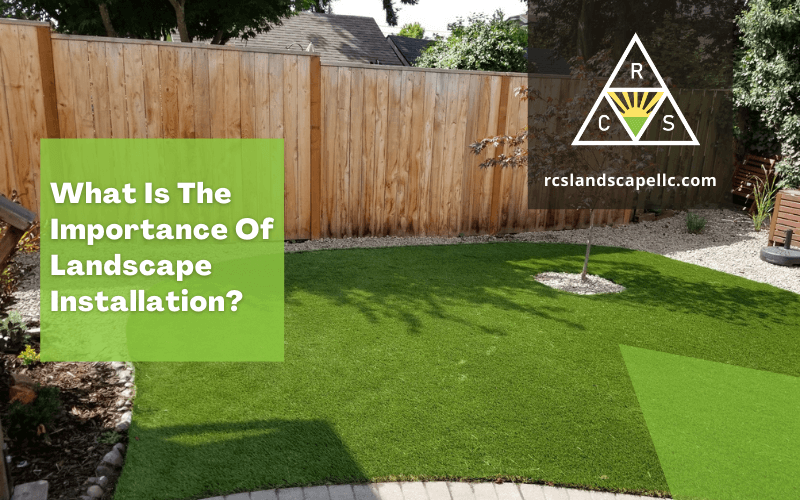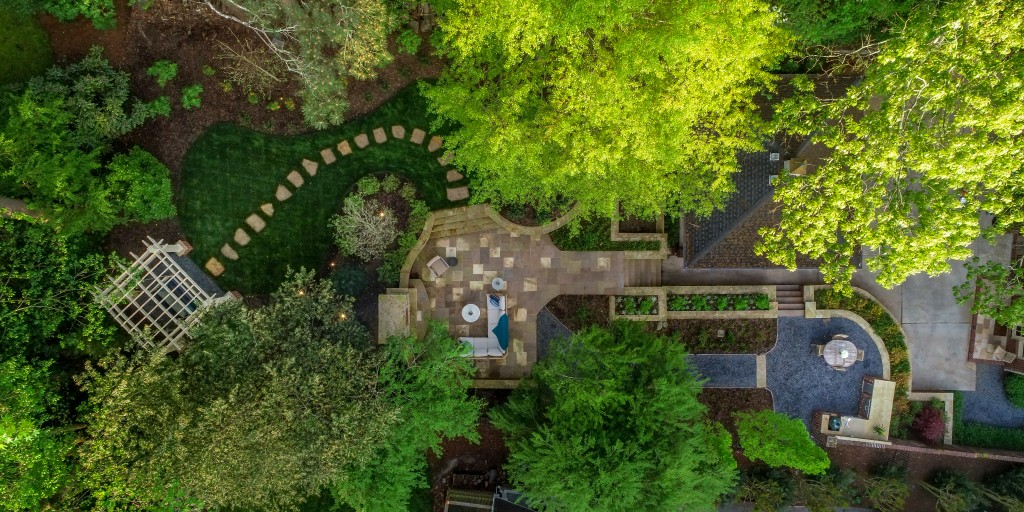Landscape Design - An Overview
Landscape Design - An Overview
Blog Article
The 6-Minute Rule for Landscape Design
Table of ContentsThe 8-Second Trick For Landscape DesignGetting My Landscape Design To WorkLandscape Design Can Be Fun For AnyoneLandscape Design for Beginners
When creating a residential landscape, the most essential action is to put a strategy on paper. Creating a plan of attack will certainly save you money and time and is much more likely to result in an effective style. Landscape Design. A plan of attack is developed via the 'layout procedure': a detailed approach that takes into consideration the ecological problems, your desires, and the aspects and principles of designThe 5 steps of the style process consist of: 1) carrying out a site supply and evaluation, 2) establishing your needs, 3) producing functional diagrams, 4) developing theoretical style strategies, and 5) attracting a final style strategy. The very first three steps develop the aesthetic, practical, and gardening requirements for the design. The last 2 steps after that use those demands to the production of the final landscape plan.
This is an essential action for both plant choice and positioning and finding family members tasks and functions. It is very important since the very same environment conditions that influence the plantstemperature, moisture, rainfall, wind, and sunlightalso impact you, the customer. The next step is to make a list of your demands and desiresthis helps you determine just how your lawn and landscape will certainly be used.
The functional layout is after that utilized to locate the activity spaces on the site and from this representation a conceptual plan is developed - Landscape Design. The last step is a last style that consists of all the hardscape and growing details that are essential for installment. Throughout the style process there are ten crucial points to consider: for plant choice and task location by considering what you want and need to aid establish shapes and organize spaces by assigning activity areas and linking with aspects for both the environment and the user by making use of massing and layering techniques such as change locations and prime focus in the products, the shades, and the surface area appearances for the development and upkeep of plants by utilizing sustainable style methods An extensive supply and evaluation of the site is very important to identify the environmental conditions for plant growth and the finest usage of the website
9 Simple Techniques For Landscape Design
The sort of dirt figures out the nutrients and wetness readily available to the plants. It is always best to use plants that will certainly prosper in the existing dirt. Soil can be modified, change is commonly pricey and most times ineffective. Existing greenery can supply ideas to the soil type. Where plants expand well, keep in mind the soil problems and make use of plants with comparable expanding demands.

Sun/shade patterns, the quantity and length of exposure to sun or shade (Number 1), develop microclimates (occasionally called microhabitats). Recording website conditions and existing plants on a base map will certainly reveal the area of microclimates in the lawn. Plants generally come under 1 or 2 of 4 microclimate categories-full sunlight, partial shade, color, and deep shade.
Energies such as power lines, septic tanks, below ground utilities and roof covering overhangs identify plant place. Make use of a surveyor's plat of your property for the borders and location of your home.
More About Landscape Design
Determine the time and cash you are prepared to put right into keeping the plants and hardscape-be realistic concerning your intentions and capability. Suggested usage locations. Credit Score: Gail Hansen, UF/IFAS There are numerous various landscape style motifs- from straightforward to facility, however it is valuable to choose one to lead your plant and product option.

Make a decision if you wish to open your backyard, close your backyard, or a little of both, to these sights. In various other words, do you desire the garden to enclose the space around you and relate mostly to your house, or do you desire the yard to open sights and look exterior, connecting to the environments? This will give you a starting indicate consider a motif.
The Only Guide to Landscape Design

Every garden ought to have a form theme, yet not all yards have a design theme. Numerous property gardens have no particular design except straight from the source to mix with the house by repeating information from the architecture such as products, shade, and form.
In a type theme the company and shape of Click Here the areas in the backyard is based either on the shape of your house, the form of the areas between your home and the residential or commercial property borders, or a preferred form of the property owner. The type motif figures out the form and organization (the design) of the spaces and the web links between them.

Report this page